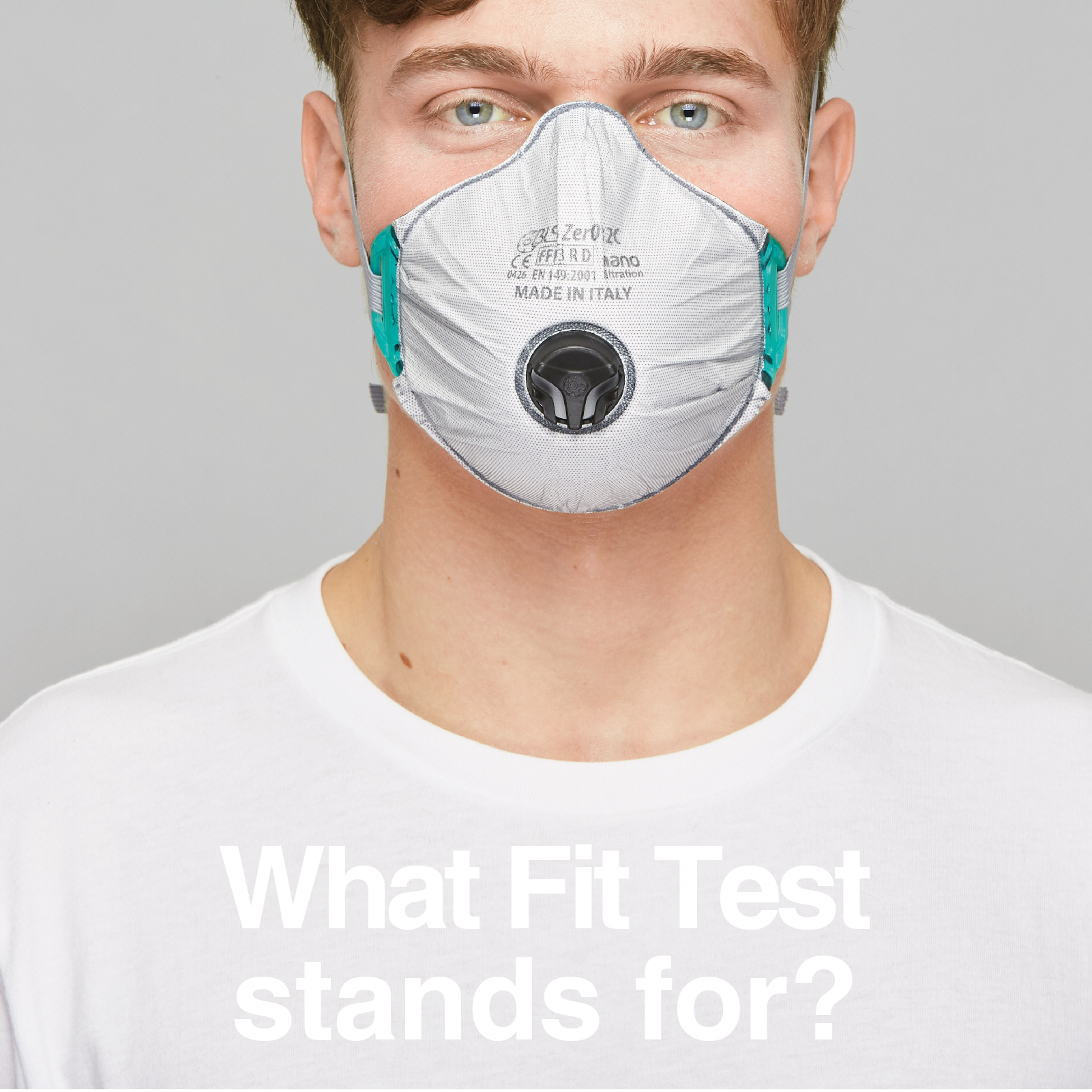BLS è a Safety Expo 2022 Bergamo (Italia), 21-22 settembre 2022 L'evento di riferimento in Italia per la salute e la sicurezza dei luoghi di lavoro e la prevenzione incendi è tornato. Questa V edizione con i suoi 16000 MQ di esposizione è ricca di convegni, tavole rotonde, approfondimenti, corsi di formazione, spettacoli, prodotti, servizi e tecnologie. Vieni a trovarci. Siamo allo stand […]



